John Hurrell – 18 July, 2025
Viewers are expected to look at these objects closely from all accessible sides, and ponder the ‘disparate' elements and how they are held together. Putting together components plural is the point. While implementing this, intuition is not entirely abandoned, for some forethought is crucial. Much of the compositional process is anticipated, but improvised ‘wiggle room' too in placement is expected.
This exceptional group show in the downstairs Two Rooms space presents work by New Zealanders Gretchen Albrecht, James Ross, and John Reynolds, and the Australian, the late John Nixon. It is curated by Mary-Louise Browne, the energetic Two Rooms manager and exhibition organiser. All four artists knew each other well and occasionally exhibited projects together, so this is a smart combination.
The unifying theme here turns out to be that of construction, the use and assembling of components and materials from the building industry in order to create and collectively present in a new context, the cultural artefact commonly called ‘painting.’ Prioritising it over a ‘sculptural’ interpretation.
Viewers are expected to look at these objects closely from all accessible sides, and ponder the ‘disparate’ elements and how they are held together. Putting together components plural is the point. While implementing this, intuition is not entirely abandoned, for some forethought is crucial. Much of the compositional process is anticipated, but improvised ‘wiggle room’ too in placement is expected.
In my opinion the stand-out works in an exhibition that hails the skills of carpentry and the deft juxtapositions of vertical planes of wood, are by John Reynolds and James Ross. One because of dramatic painterly gesture; the other because of intriguing (cut out) elongated shapes juxtaposed & occasionally displaying on their surfaces delicate wobbly scratches.
The funny thing is that oddly for me I see Tom Kreisler’s Coat paintings hovering behind Ross’s constructions and Philip Guston’s Klansmen paintings lurking behind Reynolds. These are ghostly allusive presences that consciously or unconsciously appear to have haunted the artists. Formal morphological elements at least that add to the remembered experiences generated by the constructed pieces.
Gretchen Albrecht’s inclusion here perhaps is awkward because of the textural intensity of her choice of hand-applied liquid colour on canvas. Surface-wise, it is a different visual ethos—not wood-focussed, for that material is hidden—although she is obviously included because of her rejection of a conventional four-sided rectangle and her overt allusion to Italianate architecture.
When pondering here the John Nixon construction of mainly sloping wooden elements, I find I dislike the presence of an included angled aluminium strip (it seems a forced intrusion), but love the wit of the tangential painted white canvas that interacts with the wall.
Curiously and understandably, this is very much an Auckland show. If Two Rooms were located in Christchurch for example, Browne probably would have included Don Peebles and his brilliant Pasmore-influenced constructions, and perhaps Andrew Drummond, Phil Trusttum or Julia Morison. It is obviously a great idea to focus on carpentry, butted elelements and painting-support construction, an aspect that potentially could strangely be swept under the proverbial carpet with other aspects (such as gestural mark-making) emphasised; baffling though that may seem. It is an unusual, sprightly and cleverly put together show.
John Hurrell
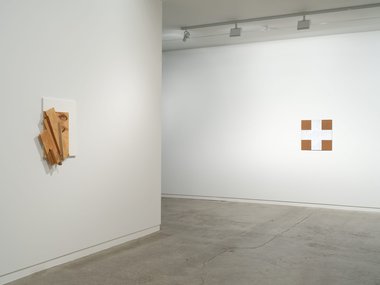





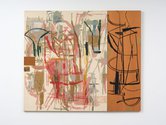
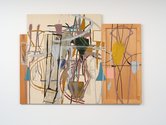
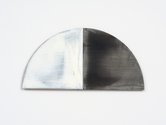
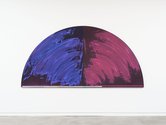
 Two Rooms presents a program of residencies and projects
Two Rooms presents a program of residencies and projects Advertising in this column
Advertising in this column
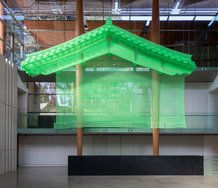
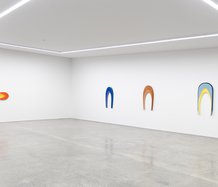
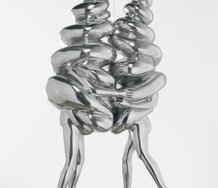
This Discussion has 0 comments.
Comment
Participate
Register to Participate.
Sign in
Sign in to an existing account.